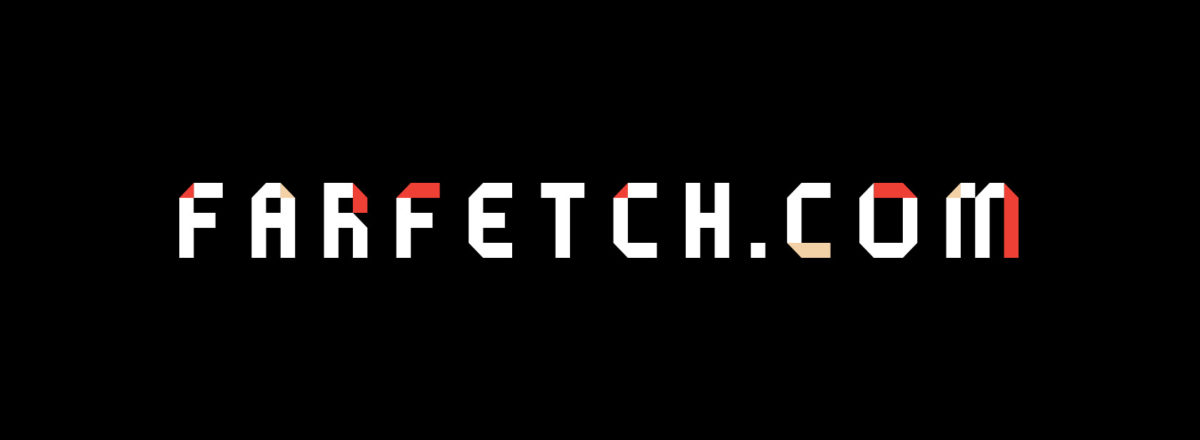In 2007 the Portuguese entrepreneur José Neves had the brilliant idea to create a platform that would let shoppers buy from luxury brands and independent boutiques around the world, his mission was to bridge the gap between offline and online markets and provide online opportunities to those who don’t have the means to develop their own digital services. “What makes Farfetch’s business model appealing is that it does not own the inventory sold on its website, but instead offers the website to help the brands sell” (Wahba, 2018), the stores just have to provide the products, and Farfetch gets a cut of the sales processed on the platform. Moreover, Farfetch succeeded where others failed; Amazon had already tried to bring on board several luxury brands for many years but they continuously failed to do so as these same brands felt that products on Amazon seemed like commodities (Bain, 2018). “Knowing that high-end fashion brands believe sales are as much about image as the transaction” (Bain, 2018) Farfetch created a supply-chain model very attractive to luxury brands, where they provide the “styling, photographing, photo-editing, and content management” for all the merchandise and even help with the descriptions and size/fit of the products. This focus on innovation helped them to convince brands such as Gucci, Prada, Versace among thousands of other designers and brands.
Although being the middle-man between brands and clients seems to be Farfetch only activity, the previous is not true; services and data are also a big portion of the company activity.
Farfetch Black & White, the company “white-label solutions for luxury fashion brands and retailers”, is one of the B2B “tailor-made” services they provide. Overall, it enables retailers and brands to develop their own website and iOS app “providing the same capabilities as its marketplace” – “Farfetch back-end infrastructure allows retailers and brands to synchronise their websites with in-store and warehouse inventory, facilitate in-store pick-up, shipping and consumer returns” to 190 countries, among several other functionalities.
Farfetch’s Store of the Future is another example of the path that the company wants to follow. Back in 2015 when Farfetch acquired Brown’s – a 47-years-old London boutique – their vision was to create “the retail experience of the future” and to show its customers a “futuristic and technically sophisticated shopping environment”. From “RFID technology on the clothes rails that is being used to log which pieces are examined and taken into the changing room” to a smart mirror that presents a personal wish-list based on data previously collected, we can see a huge potential for the revolution of the shopping experience, which Neves characterises as “still operating in the 80s”. It’s important to notice that this concept “is modular and tailored in terms of the interior and technology, meaning that the brands and boutique partners can choose the components that make the most sense for them and their business model.”
So what do you guys think about its different market approaches? Do you see any future for Farfetch’s business model? Let me know in the comments.
Curious Facts:
— Farfetch most expensive product is sold at $48,000 (a hooded fur coat by Liska).
— Farfetch orders have an average basket size of $620.
— Farfetch is valued at 10 times their expected revenue for 2018, as a comparison, Amazon is valued at 4 times.


Thanks Francisco for introducing another interesting digital platform to us. I think Farfetch is not that well-known (yet) because of its high-end focus. However, I think that you correctly pointed out what Farfetch success factors are and will be. I just want to add on that and point out another critical success factor of Farfetch’s business model. Farfetch has a big advantage with regard to timely delivery. It can draw upon the thousands of connected boutiques of which one of them most likely offers a product ordered by a customer in short distance. Thereby Farfetch can more easily offer same-day or even faster delivery as compared to other platforms like Amazon or Alibaba. Farfetch already offers 90 minute delivery for items of the brand “Gucci” in 10 cities globally. I believe that this excellent customer experience will further strengthen their platform in the future.
Hi Theresa, thanks for your comment!
I totally agree with you, it is definitely a big advantage to have several thousands of boutiques as partners around the world. From the shipping to the returns, it just makes everything easier and quicker; at the end, it will always reflect into a high customer satisfaction.
I couldn’t go around every project they are into but definitely, the ‘F90’ is a very interesting one; it just shows how committed they are on conceiving an out-of-this-world online shopping experience. Did you ever imagine we could actually receive a Gucci dress on our doors faster than a pizza? Amazing stuff happening nowadays!